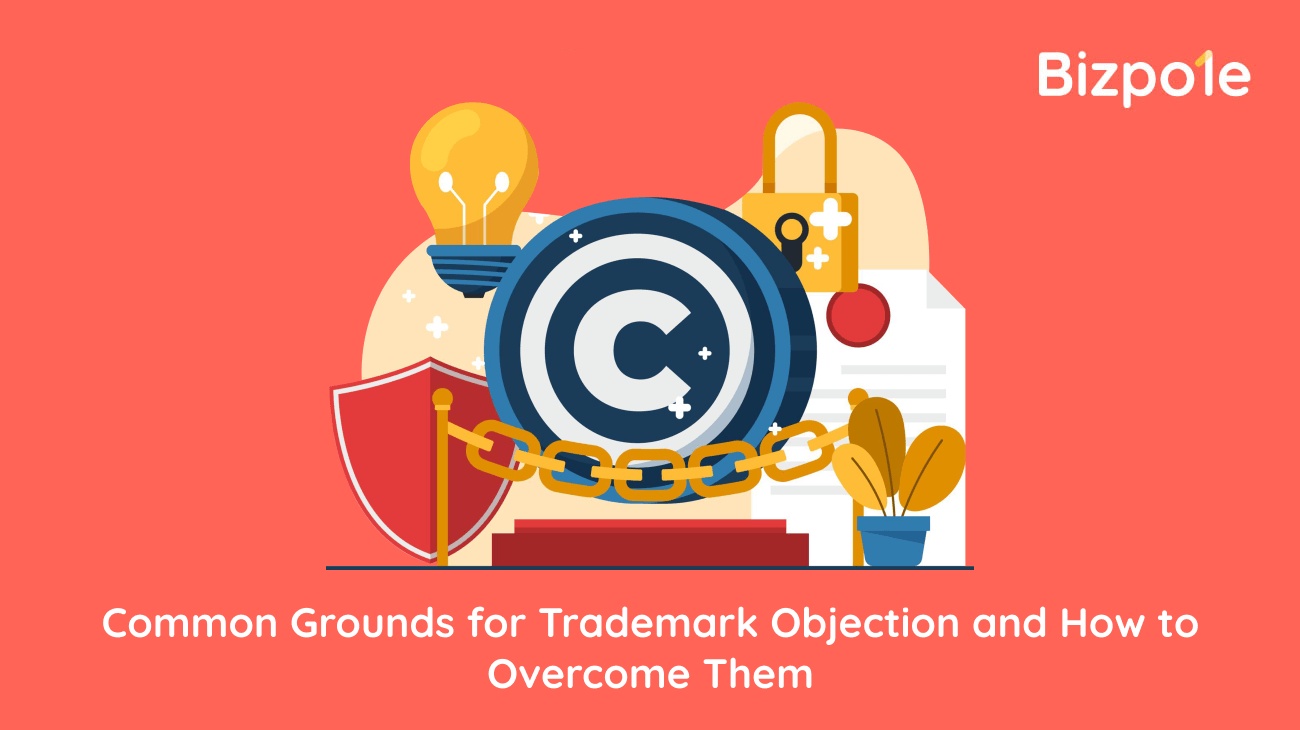A trademark is a distinctive brand or design identity for any business organization or individual. During the registration of a trademark, there are certain obligations and rules that applicants have to follow for smooth registration. Often during the trademark registration process, sometimes lawyers when applying for a trademark on the applicant’s behalf face objections. The process is complex, but there are times when objections are given due to common problems. So, let’s find out some common objections and how you can overcome these trademark objections:
Common Grounds for Trademark Objection
The trademark process is often seen as complex and difficult to understand. So, hiring a lawyer or professional is always recommended. However, when they apply on your behalf, you might face objections due to some common reasons as follows:
- Likelihood of Confusion: Your trademark has elements of deception that might lead to a wrong illusion or image of goods and services. If your trademark falsely creates an image of your goods and services to encourage purchases, the officers are most likely to reject your trademark application.
- Lack of distinctiveness: If your design, logo, brand name, or identity that you want to trademark has common names, colors, and designs that are not distinctive, you will face objections. For instance using words like Red, Yellow, etc. In simple words, anything in your trademark that does not make it distinctive from other brands, products, or services will face objection.
- Similarity to existing trademarks: Your trademark should not be identical to any existing registered or unregistered under the same category. If your trademark has a resemblance to any trademark, you will face an objection.
- Offensiveness: Your trademark has any objectionable and offensive, symbols or words that might harm the sentiments of others or lead to issues.
How to overcome trademark objection
The above-mentioned common problems and objections can be avoided in the following ways:
- Thoroughly Analyzing the Objection Letter: When you receive a trademark objection letter, make sure you carefully analyze and understand the reasons for objections. Try to analyze, pinpoint issues carefully, and rectify them in your trademark and trademark application.
- Respond to the objection in writing: Applicants or lawyers on behalf of applicants should respond to the given objection in writing. It will assist you and trademark officers to keep a record.
- Amending the Trademark Application: Once you view a rejection letter, make sure you review your trademark application. Recognize the issues and make the required rectifications in your trademark application.
- Provide Evidence of Prior Use: Provide clear and solid evidence of your trademark to ensure they accept your application. The best way to overcome trademark rejection is by providing evidence of distinctiveness.
- Appeal the objection to a higher authority: If even after providing all the details, reviewing applications, and the trademark is rejected, you can appeal against objections to a higher authority.
Conclusion
These are some of the common reasons for your trademark to be rejected. If you follow these ways effectively and carefully list your trademark application, you can avoid these objections. However, if you are facing these common objections, use these tried and tested ways for objections.



















